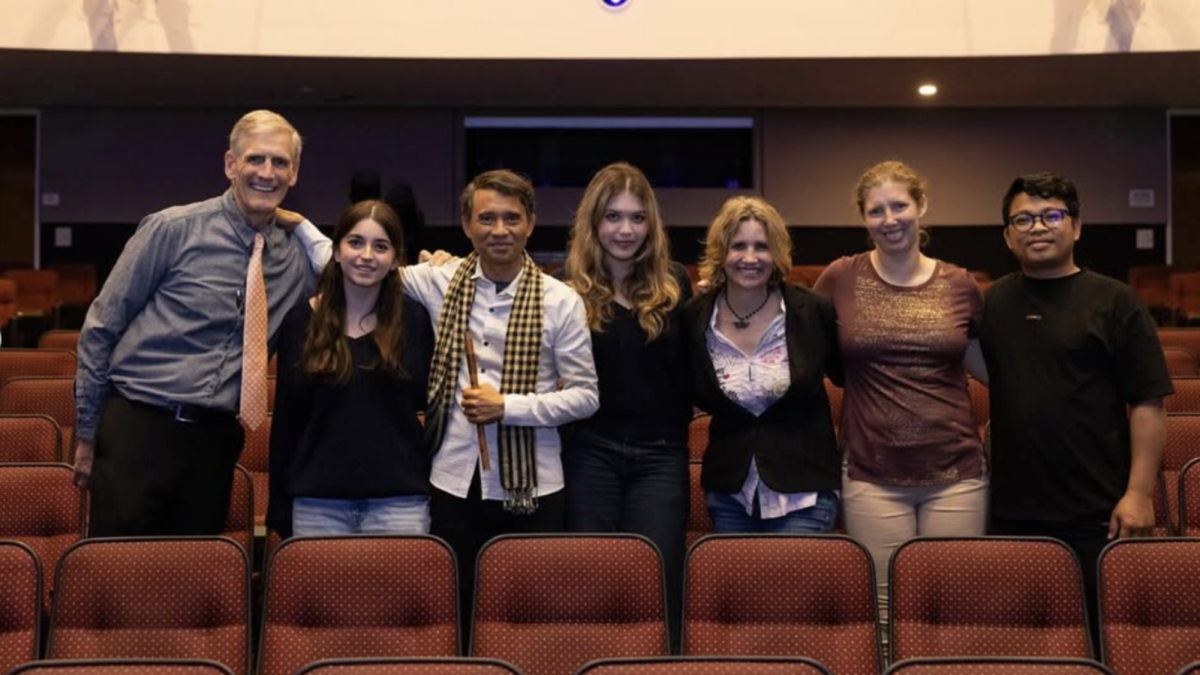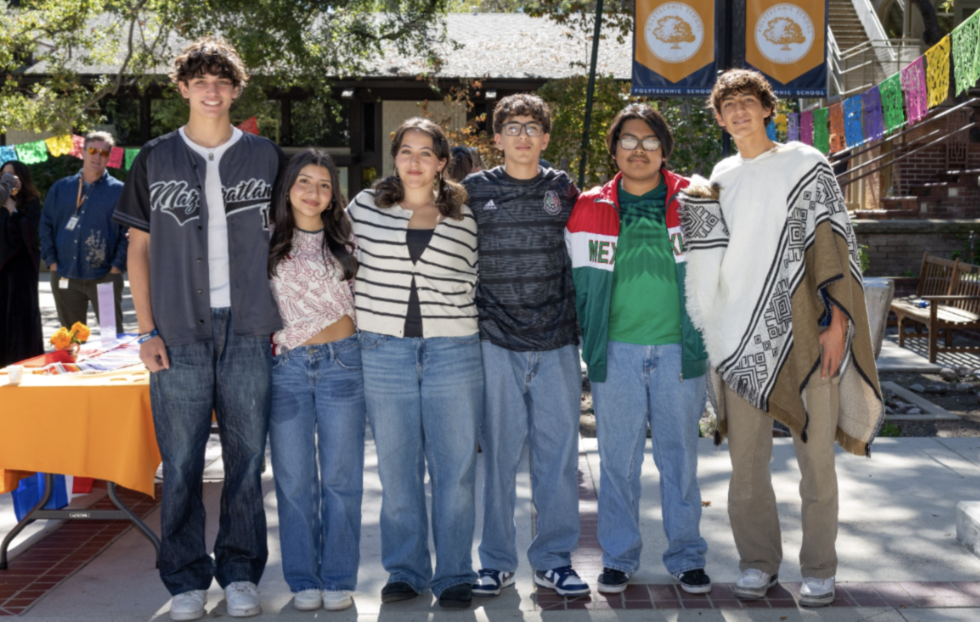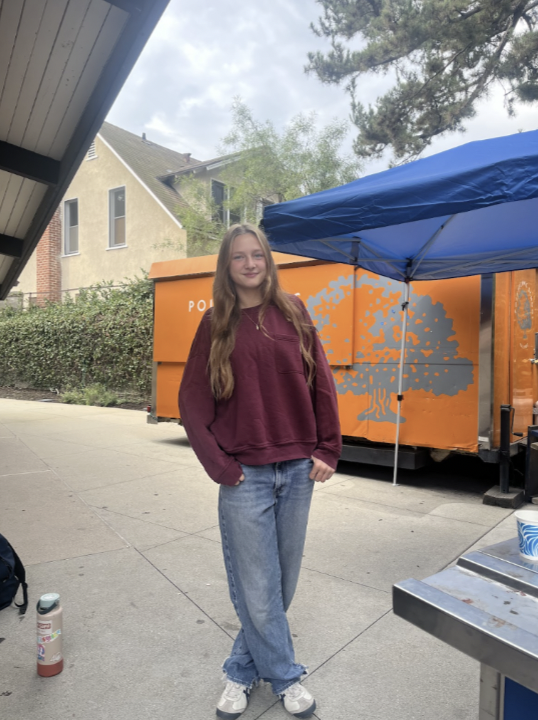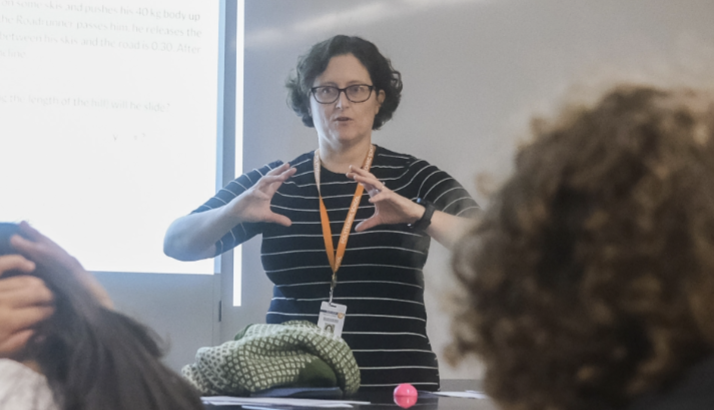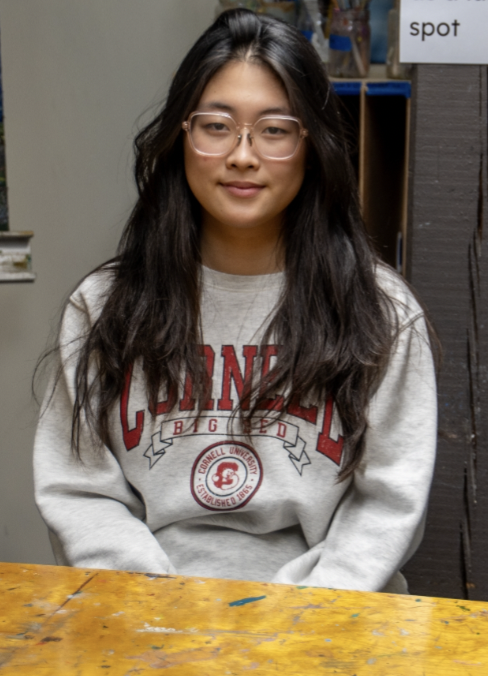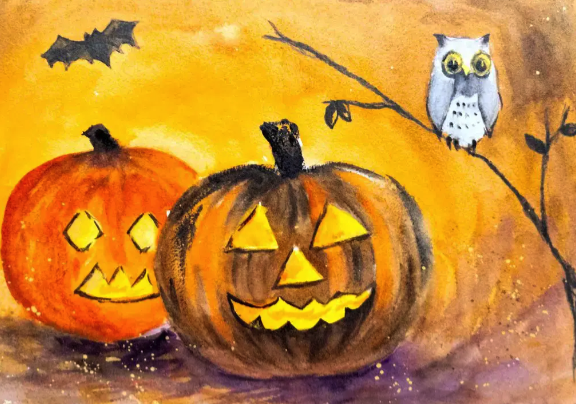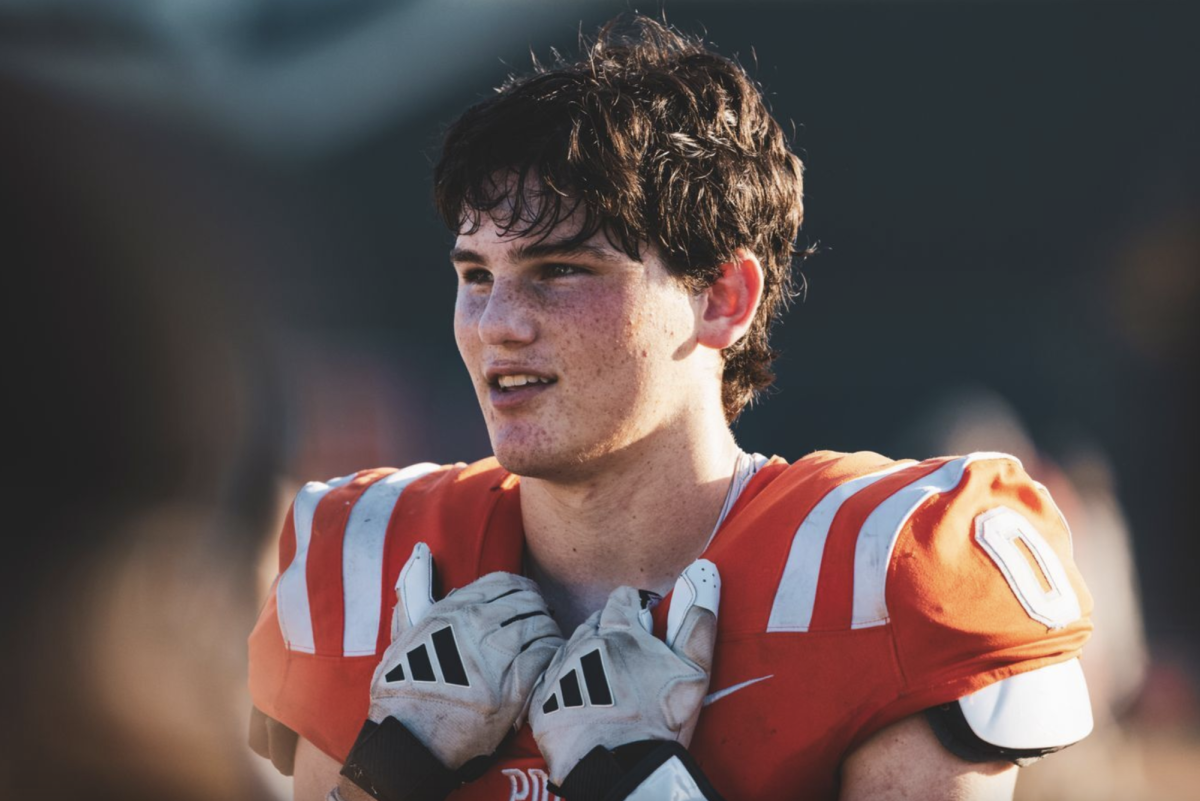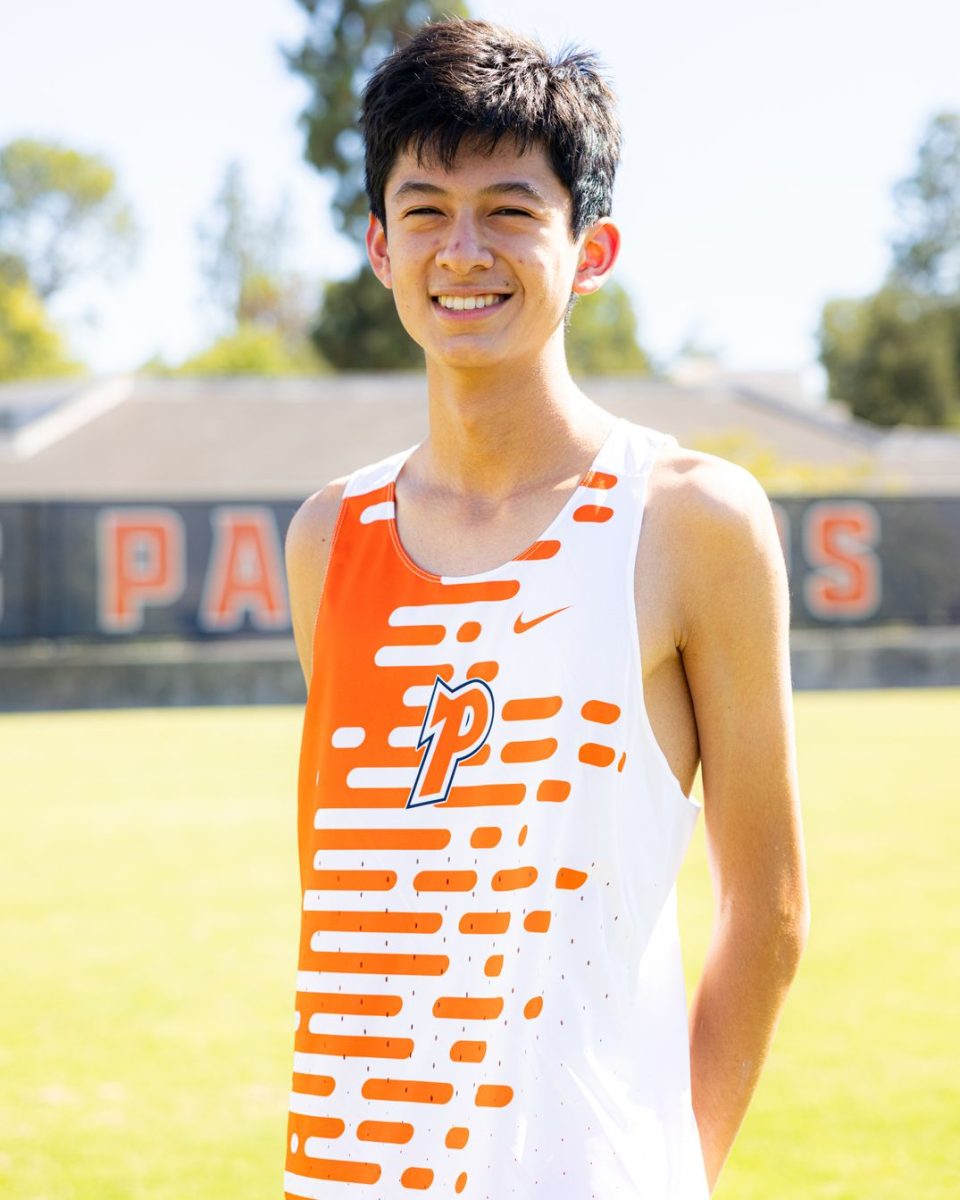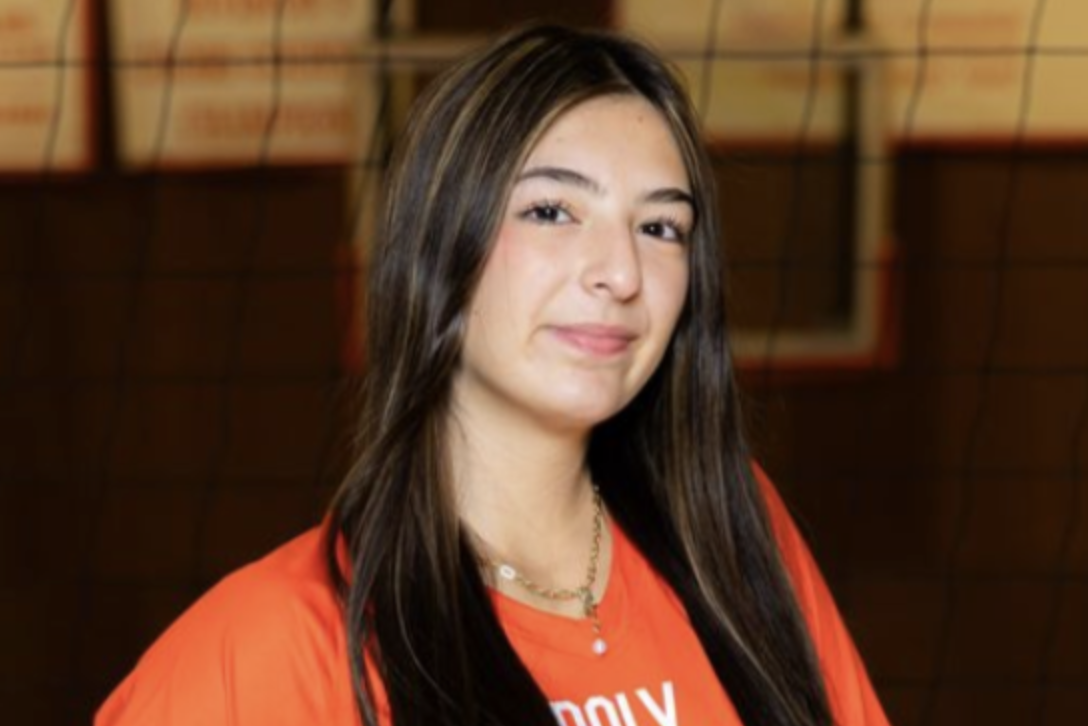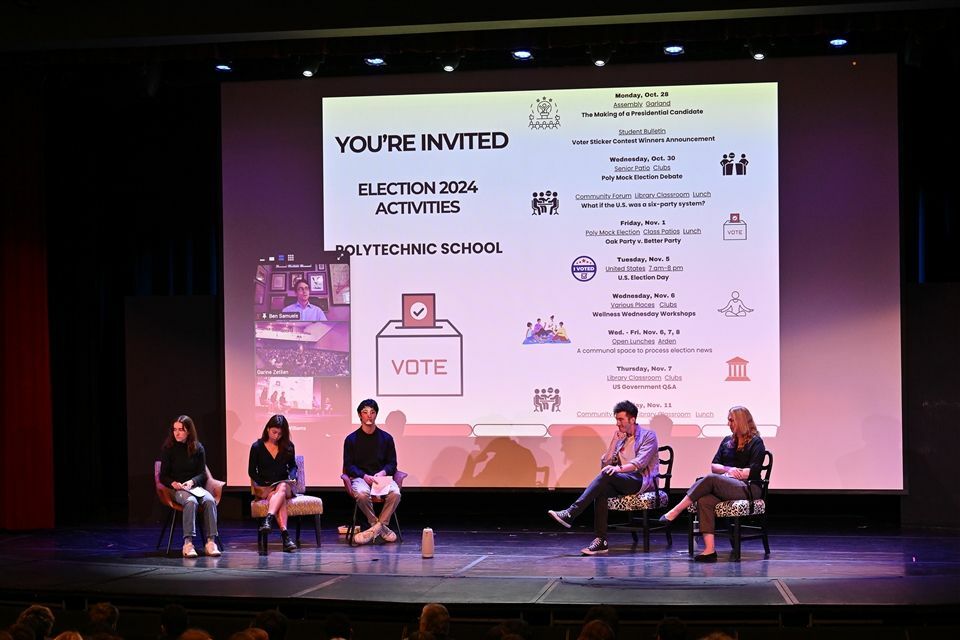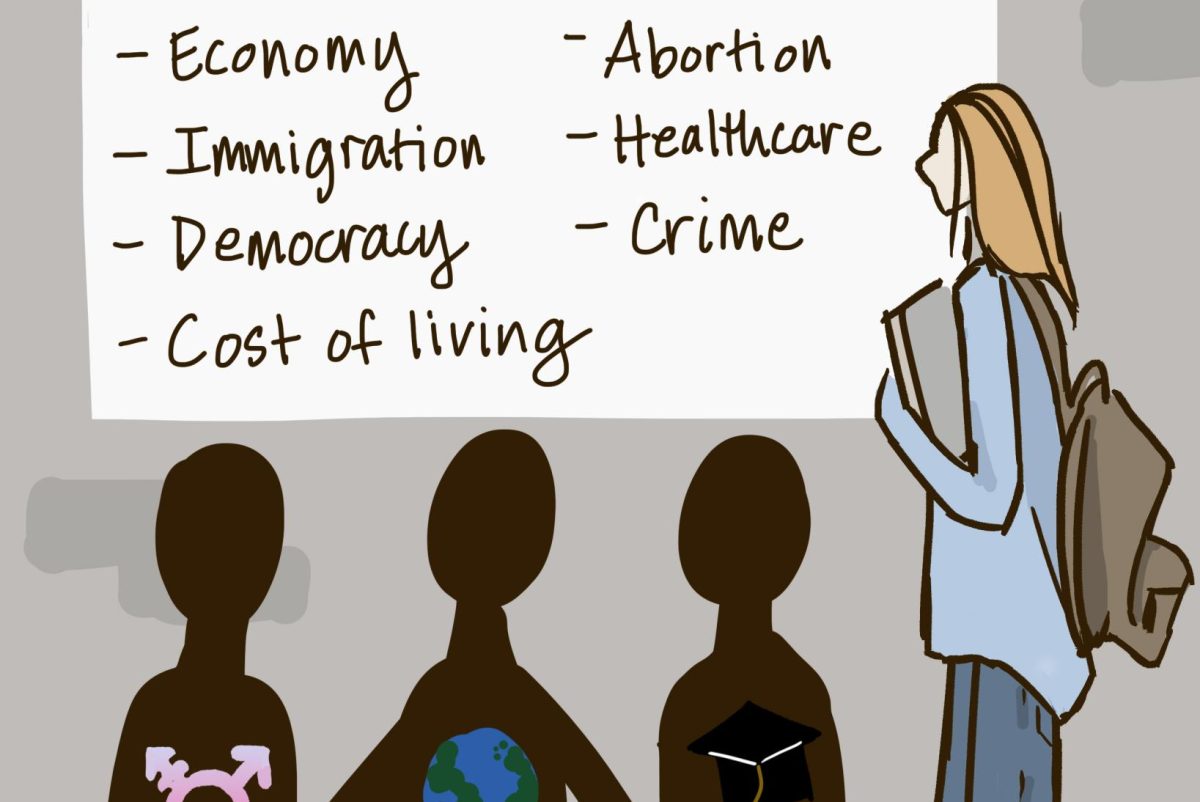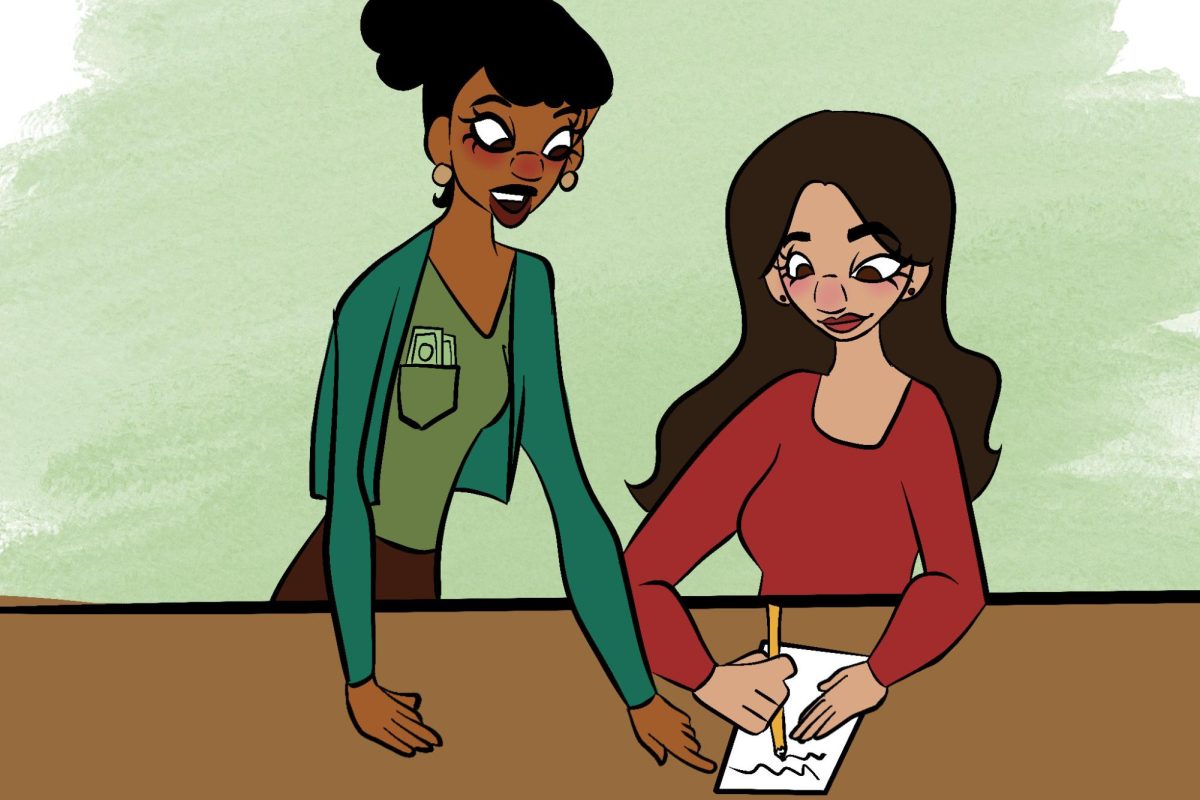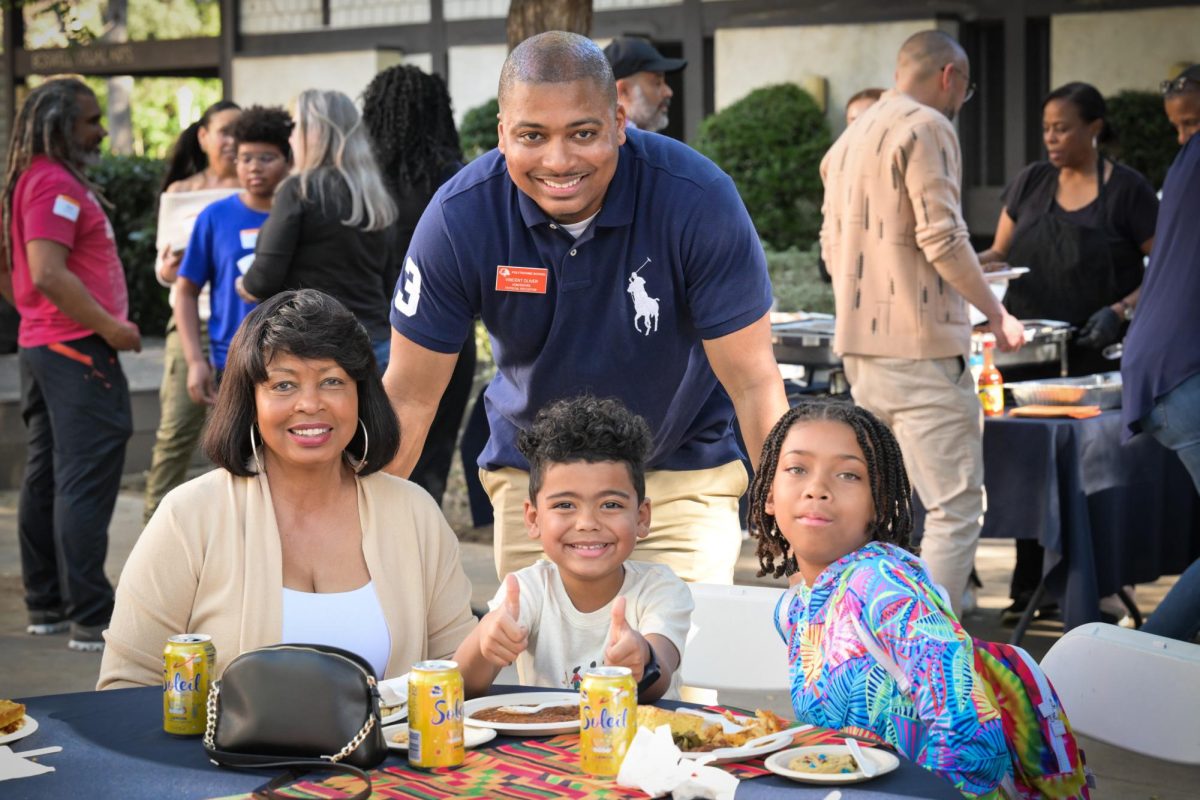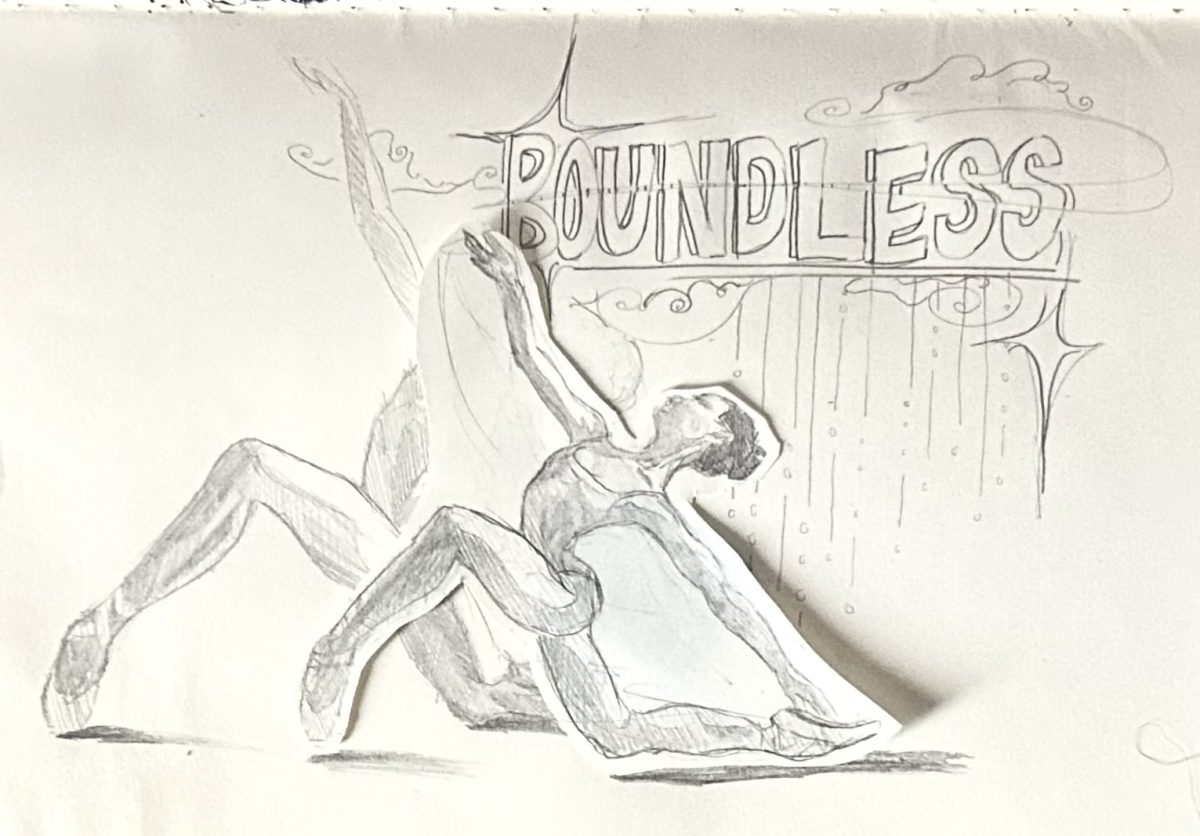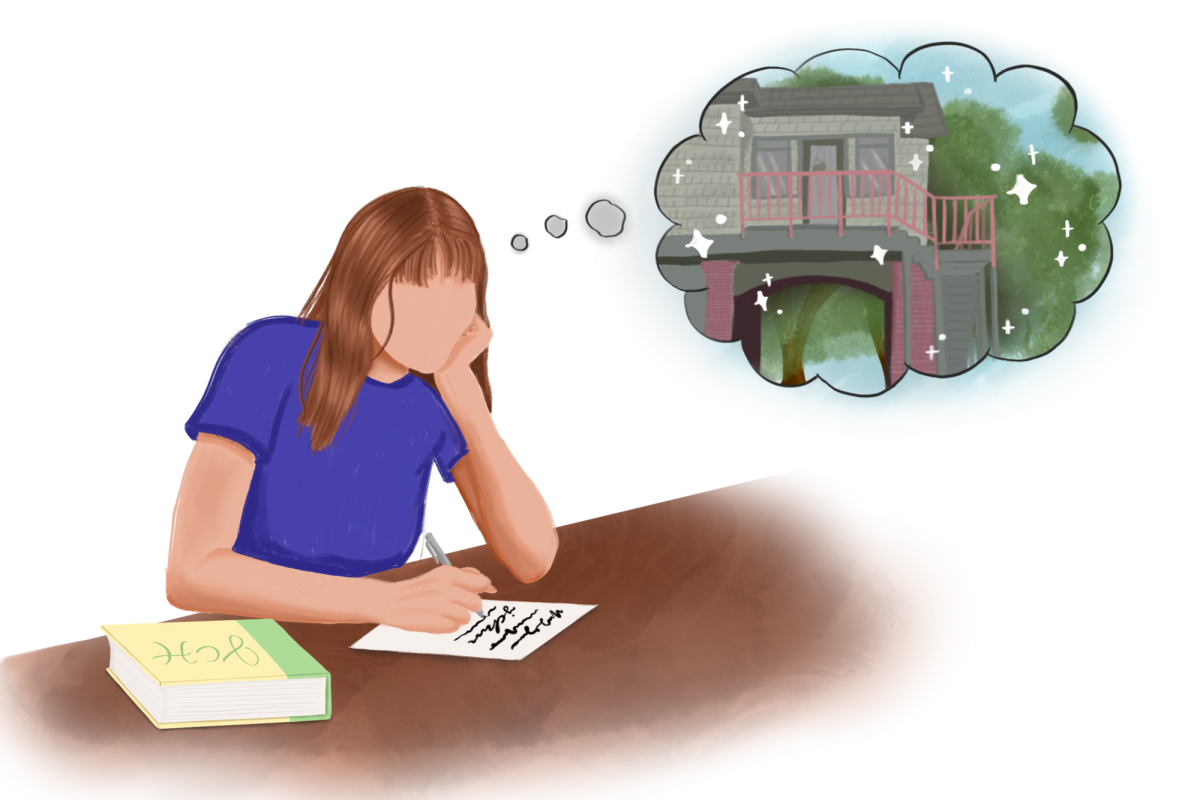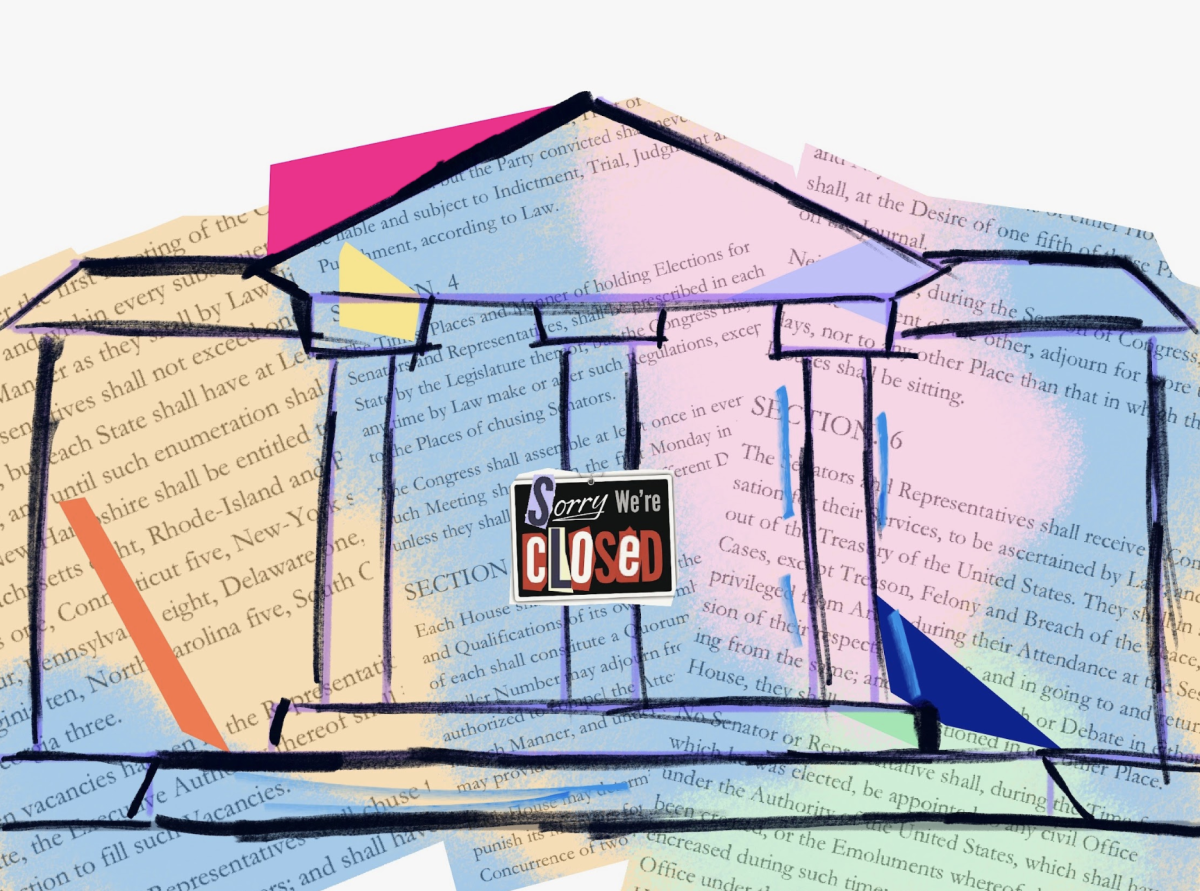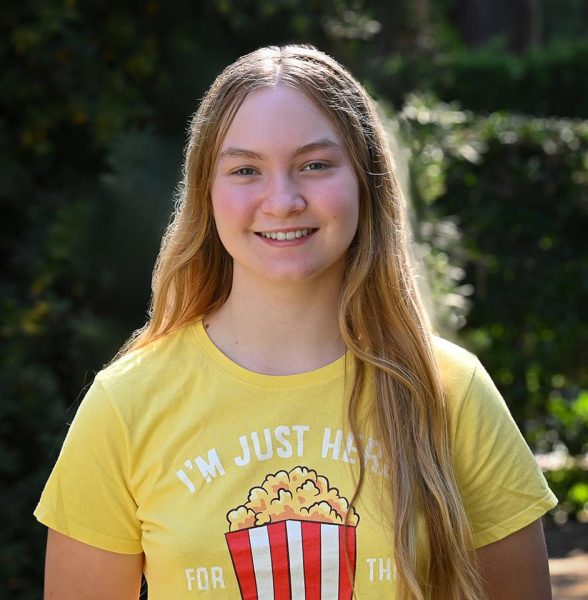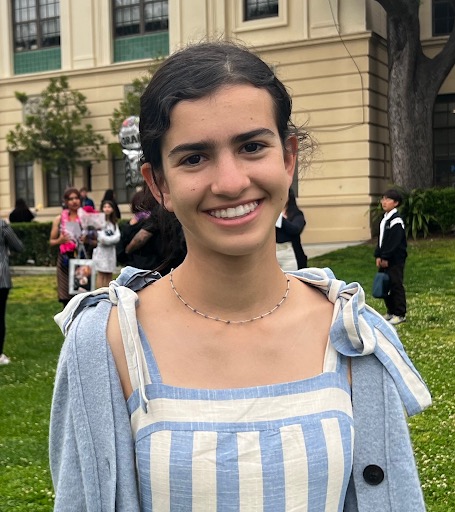It has been five years since the beginning of the COVID-19 pandemic, which means no current Upper School students have experienced a pre-pandemic Poly Upper School. Teachers, therefore, hold a unique perspective on the changes in academic life caused by the pandemic.
After returning from a year of online schooling, students and teachers had to reset and readjust their academic expectations.
“We were so excited to come back that I don’t think we made many adjustments,” noted English Department Chair Marge Kenny. “But we quickly understood after a month or two that that pace wasn’t sustainable, and we had to build back some of that stamina that was lost.”
Upper School Director Jose Melgoza, who became the director in January 2022, stated, “I think more care should have been taken in terms of understanding how to restart school. Some teachers expected that students were ready to pick things up where we last left them and others were expecting students to be far behind and needing a far slower pace.”
While the 2021-2022 school year introduced changes to class policies, such as longer homework limits and homework-free weekends, Melgoza noted many of those changes reverted to pre-pandemic policies the next school year.
Some teachers also noticed academic gaps due to the difficulties with online learning.
“A year or two after returning, we saw a lot of challenges in algebraic ability,” noted Mathematics Department Chair Barry Vargo. “Currently, we’re seeing gaps in number sense and exponents and order of operations.” He connected these gaps to students’ ages during the pandemic: students who experienced seventh to ninth grade on Zoom are more likely to have algebraic gaps, while students who were younger show gaps in number sense.
“We’re not saying these students are not going to be successful, but they’re less practiced at those skills,” said Vargo.
Although students continued to read and write during online schooling, discussions were harder to simulate over Zoom, so student participation decreased upon the return to the classroom. Kenny observed students’ oral skills, listening skills and attention were most impacted due to the lack of personal connection online. Following the lack of practice with discussions, it took a while for students to readjust to in-person dialogue.
“There’s nothing that substitutes for the joy of being together in a community learning environment,” shared Kenny. “It’s the people that you’re sitting next to that help you learn, that push you, and inspire you.”
While discussion engagement has improved, teachers are still rebuilding student reading habits, stamina, and depth of engagement. Kenny attributes decreased reading performance partly to increased screen time and social media use since the pandemic.
“We know how important reading on pages is for our brain development rather than screens,” said Kenny. However, she acknowledged that without technology, Poly couldn’t have held classes during the pandemic. “Screens helped us so much during COVID,” she added, “And we were so fortunate and privileged to have the tech in place that allowed us to do as much as we did.”
According to a study conducted by Harvard, Stanford and Dartmouth researchers last year, the average U.S. student remains almost half a grade level behind pre-pandemic scores in both math and reading. A poll of 990 teachers and school administrators by the EdWeek Research Center in December found that students’ learning loss still falls into the “moderate” to “severe” range.
However, according to Poly’s quantitative data, students are scoring similarly to how they were before the pandemic.
“Our AP scores are where they were pre-pandemic, our college acceptances are where they were pre-pandemic, and in some cases [certain AP classes] we’re actually doing even better than we were pre-pandemic,” said Melgoza. As time passes and COVID moves farther and farther into the rearview mirror, Poly teachers hope that the skill gaps will continue to close.
“Good teaching always overcomes learning gaps,” added Melgoza. “A school like Poly is fortunate that we have excellent teachers and have gotten to a point where our students are achieving at a high level.” Though, over the past five years, COVID has affected certain grades and student skill sets differently, student performance is bouncing back. As we get further and further from the pandemic years and the incoming grades consist of students who were younger during COVID-19, the ways in which COVID affects Poly’s academics will continue to decrease. However, certain aspects like lower reading stamina, which is a complex issue related to factors beyond COVID, might be here to stay.



